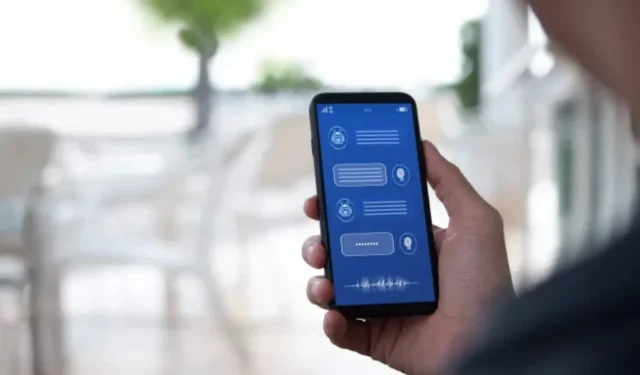Meta introduces BlenderBot 3, its most advanced chatbot to date, an AI that can evaluate the relevance of the information it finds and the responses it receives from users. For even more natural conversations
More than five years after Microsoft’s fiasco with Taye, this incident remains a stark reminder of how quickly artificial intelligence can go bad after being exposed to web toxicity. It was also a warning about the difficulty of developing sufficiently reliable conversational robots (chatbots). The AI research team at Meta has just released a public demo of their most successful chatbot to date, BlenderBot 3.
Meta introduces BlenderBot 3, its most advanced chatbot to date
The main obstacle to this technology is the training of the robot itself. Chatbots learn in a very rich environment, but this limits the topics they can discuss. And if you give him the opportunity to search for information on the Internet, you expose him to excesses. “Researchers cannot predict or model all conversational scenarios in settings. Today, artificial intelligence is far from offering truly intelligent systems that can understand us, interact and communicate with us as with other people. In order to develop models that better adapt to our real-world environments, chatbots must learn from a variety of perspectives, with people “in the real world.”
An AI capable of evaluating the relevance of the information it finds and the answers it receives from users.
Meta has been working on this topic since the launch of BlenderBot 1 in 2020. The following year, BlenderBot 2 acquired some contextual memory and learned how to search the web for additional information on a given topic. BlenderBot 3 goes even further, being able to evaluate not only the relevance of the received data, but also the people with whom it communicates.
When a user receives an unsatisfactory response from the system, he uses the user’s feedback to learn and prevent the error from happening again. The system also uses a director algorithm that first generates a response using the learned data and then matches the response with a classifier to ensure that it is a satisfactory enough response.
For even more natural conversations
“Our public interactive demo allows BlenderBot 3 to learn from its natural interactions with a wide variety of people,” the team writes. “We encourage adults in the United States to try this demo, have natural conversations about topics that interest them, and share their responses to help with research.”
BB3 should also speak more naturally than its predecessor, thanks in part to its OPT-175B language model, which is 60 times larger than BB2. “BlenderBot 3 offers a 31 percent improvement in communicating with tasks judged by human judgment. It is also twice as reliable, although it is 47% less likely to be wrong about the facts. Compared to GPT3 on hot topics, it is more up to date 82% of the time and more accurate 76% of the time.”


